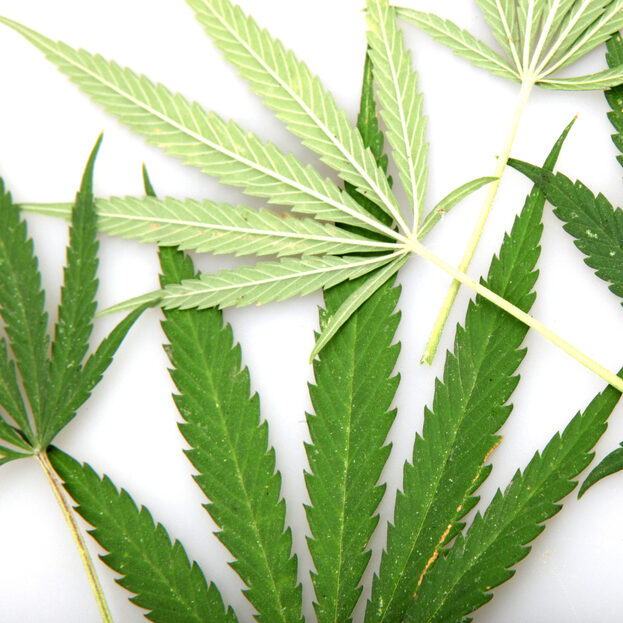There has been a massive CBD craze in this country over the past four to five years.
The government solidified the legality of CBD and hemp in 2018 with new legislation. Before 2018, hemp in America was sitting in a legal gray area. The 2014 Farm Bill stated that CBD produced from legally compliant “hemp” was okay to produce and sell commercially. The 2018 Farm Bill solidified this move and defined “hemp” as cannabis with less than 0.3% of THC inside while anything else would remain classified as “marijuana.” Despite these specific distinctions, it’s hard to tell the two apart. Although real marijuana often has a dank aroma that isn’t quite possible with hemp varieties, most cops wouldn’t be able to tell the difference. You certainly wouldn’t want to be smoking a hemp joint while behind the wheel of a car unless you’re looking for a DUI charge. Much of the CBD sold in local stores has dubious origins anyway. Most of it isn’t lab tested to make sure there aren’t residual solvents or pesticides left over from the extraction process. If I ever want CBD products to supplement my marijuana, I get all of my hemp and CBD from an online store that grows their own hemp in an organic greenhouse. Once the hemp flowers are harvested and dry-cured, samples are sent to a lab for purity testing before they are sold to customers. Every single batch of CBD from this store features a lab report clearing it for any harmful contaminants. It also confirms that the THC level is compliant and below 0.3% at all times.
